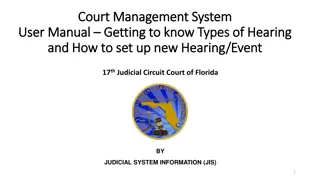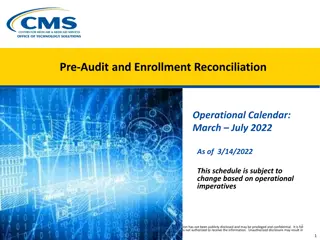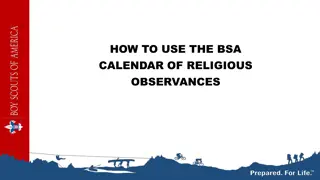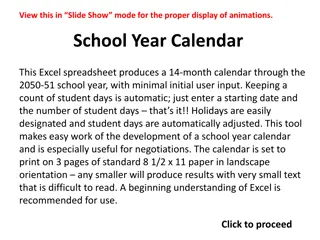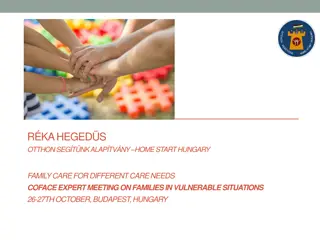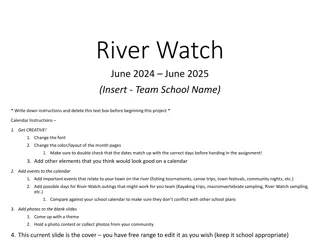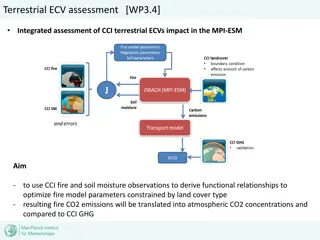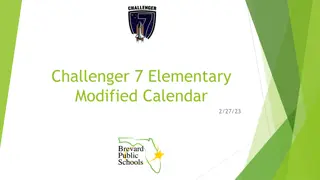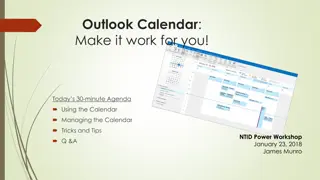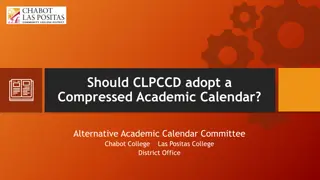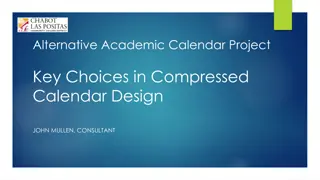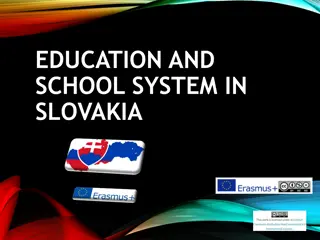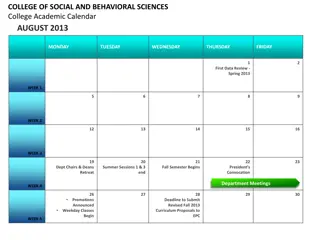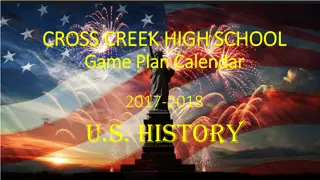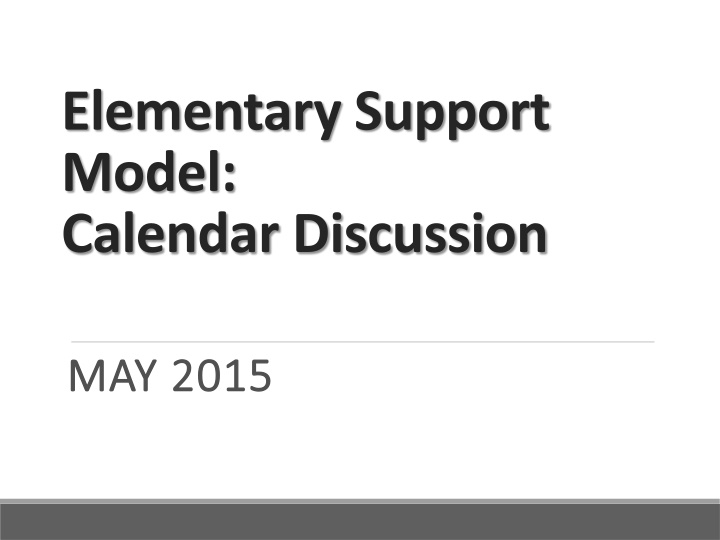
Traditional vs Continuous Learning Schedule Benefits and Comparison
Explore the benefits and detailed comparison of the traditional continuous learning schedule in elementary school settings. Discover how students and staff benefit from this structured educational approach.
Download Presentation

Please find below an Image/Link to download the presentation.
The content on the website is provided AS IS for your information and personal use only. It may not be sold, licensed, or shared on other websites without obtaining consent from the author. If you encounter any issues during the download, it is possible that the publisher has removed the file from their server.
You are allowed to download the files provided on this website for personal or commercial use, subject to the condition that they are used lawfully. All files are the property of their respective owners.
The content on the website is provided AS IS for your information and personal use only. It may not be sold, licensed, or shared on other websites without obtaining consent from the author.
E N D
Presentation Transcript
Elementary Support Model: Calendar Discussion MAY 2015 MAY 2015
Current ESM Schools Traditional YR (single track) YR (multi-track) Brentwood Hodge Road Barwell Road Bugg Creech Road East Garner Fox Road Lincoln Heights Lynn Road Smith Walnut Creek Wilburn
Calendar Options Traditional Calendar Continuous Learning Calendar Hybrid of Traditional and YR Dates are similar to Traditional Benefits of YR calendar Why not YR single track? * Handout of calendar comparison
Traditional Continuous Learning Aug 24 June 9 July 27 June 14 4 continuous nine-week grading periods (with periodic workdays, winter holiday for two weeks and spring break for one week) 9 week grading period followed by track out time of approximately 3 weeks Winter Break: Dec 18 Jan 3 Spring Break: Mar 21 Apr 1 Track Out: Oct 1 Oct 21 Dec 18 Jan 11 Mar 14 Apr 1 11 week summer 6 week summer Summer School Track out Time - Intervention or Remediation - Enrichment and Previewing
Benefits for Students Traditional Continuous Learning Families are accustomed to and comfortable with this schedule Less time needed to transition back into school routine Students may or may not participate in educational activities during the 11 week summer break Continuity for support for families Less summer learning loss Summer school opportunities for students after the school year ends Continuous cycle of learning Track out time utilized to provide more immediate remediation and previewing (or frontloading) after each nine weeks
Benefits for Staff Traditional Continuous Learning Many are accustomed to and comfortable with this schedule Time after each grading period to: - plan for students - reflect on student needs and data - respond to student needs during track outs Work schedule is compacted over 10 months Workdays (and professional development) are strategically placed and spread out throughout the year Longer summer vacation Pay and vacation split over 12 months Staff work schedule is spread out, therefore having shorter, but more frequent breaks to rejuvenate
Track Out Times Track Out Times School-based Programs Remediation Previewing Community-based Programs
Timeline March 10 ESM Principals Meeting April 13 SLT and SAC Notification April School Presentations & Staff Surveys May Family/Community Presentations & Surveys May/June Recommendation to Board (for the 2016-17 school year)
Calendar Options: Family Survey Link to Family Survey https://www.surveymonkey.com /s/MB93PM6
Elementary Support Model: Calendar Discussion MAY 2015 MAY 2015

